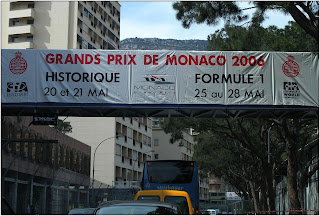Located in Southern Texas, Corpus Christi Corpus Christi Corpus Christi
After reaching the museum, we collected a museum map and brochures and went on a self guided tour. The volunteers and guides were available for answering queries at every corner. The ship has multiple decks, each with interesting exhibits. We first went to the flight deck from where the aircrafts took off and landed and were struck by its size. A number of decommissioned aircrafts were kept on display on the deck, each with a description of when it was used and its technical details. We then went to the forecastle-the part where equipment for anchoring is stored and were stunned to see the giant chains and machinery that was showcased. The lower deck had interesting exhibits on how the crew lived when on duty, where they ate, where they prayed and where they rested when they got sick. The hangar deck, where the aircrafts were kept for maintenance and fueling, also had some interesting exhibits. This included flight simulators where one could actually get a sense of being part of a war and a display of some of the aircrafts used during Second World War for bombings. Although some modifications have been made to the ship in order to make it accessible to the visitors, most of the places required walking through narrow openings and winding pathways and ducking one’s head from being hit by the low ceilings. Closer to the exit, a large US flag was pinned up which also served as a backdrop for clicking group pictures.
As I stepped out, I wondered if such a museum built on the foundations of patriotism and warfare was not only preserving histories and memories but also laying ground for its continued legacy.


















